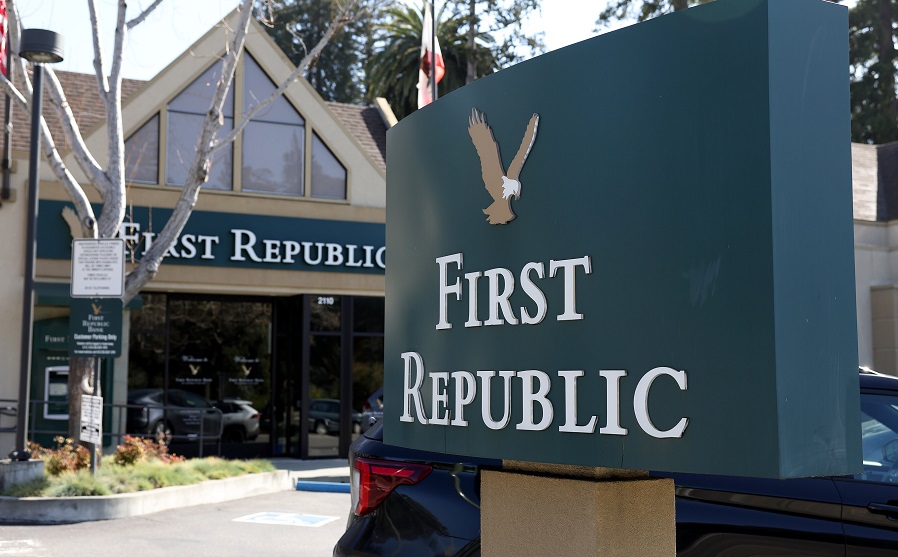In a decisive move to address the deepening woes of First Republic Bank, the Federal Deposit Insurance Corporation (FDIC) of the United States has taken steps to place the regional lender into receivership. The gravity of the situation has prompted urgent discussions among U.S. officials to find a viable solution for the struggling bank, whose condition has worsened considerably, leaving private-sector efforts to salvage it unsuccessful.
The severity of the situation became evident as First Republic Bank’s deposits experienced a significant decline in the first quarter. In the past week alone, the bank’s shares have witnessed a dramatic plunge, losing approximately 75% of their value and reaching an all-time low of $2.99.
The gravity of the bank’s impending receivership is underscored by the fact that it would mark the third American bank failure since March. Such a development sends ripples of concern throughout the financial sector, highlighting the precarious state of some institutions amidst economic uncertainties.
The FDIC has set a tight timeline for resolution, with Sunday serving as the deadline for banks, including prominent entities such as JPMorgan Chase & Co. and PNC Financial Services Group, to submit their final proposals to rescue First Republic Bank. The significance of the bank’s position has spurred these financial giants to present their best-case plans to prevent further turmoil in the industry.
Observers have expressed alarm over the rapid deterioration of First Republic Bank’s financial health, which has raised questions about the potential contagion risks it may pose to the broader economy. The urgency displayed by regulators and officials is a testament to the seriousness of the situation and their commitment to mitigating potential fallout.
As the crisis unfolds, the focus remains on finding a resolution that ensures the stability of the banking sector and protects customers’ assets. The FDIC’s intervention is seen as a pivotal step to prevent any systemic repercussions that may arise from the bank’s distress.
Industry experts and economists are closely monitoring the situation, and stakeholders are keenly awaiting further developments. The outcome of the current efforts will undoubtedly have far-reaching implications for the financial landscape, warranting continued attention from investors, policymakers, and the public at large.

